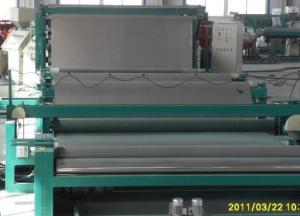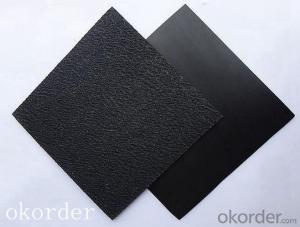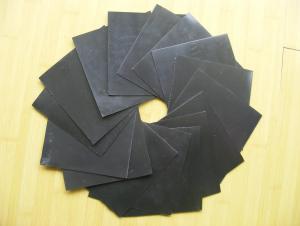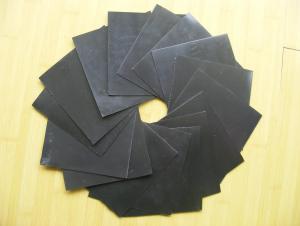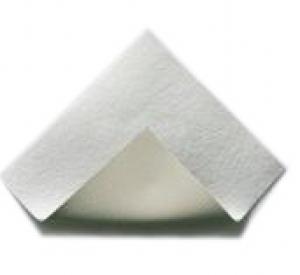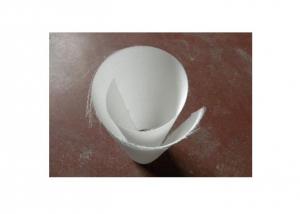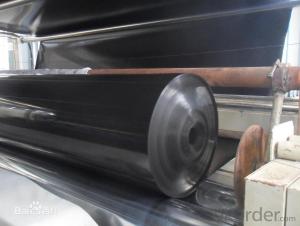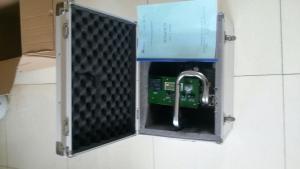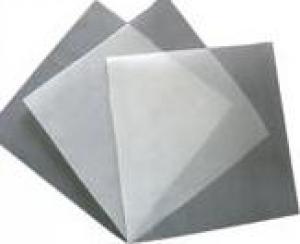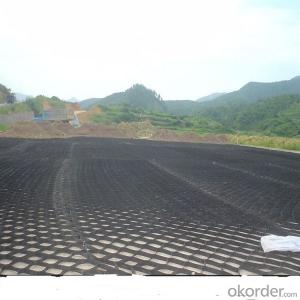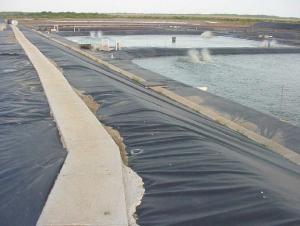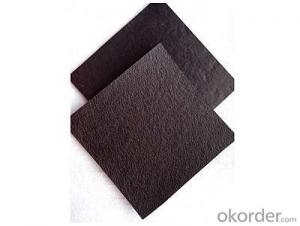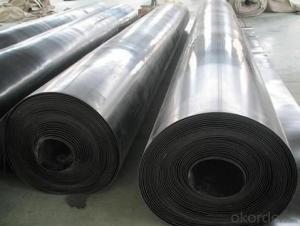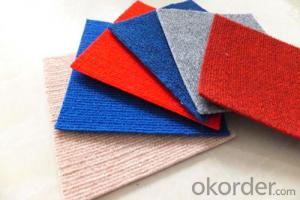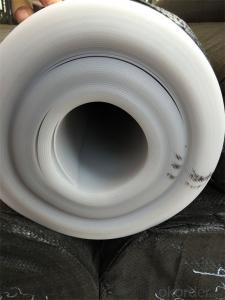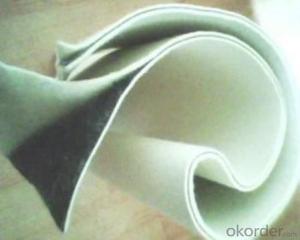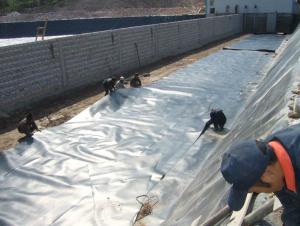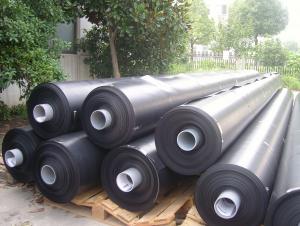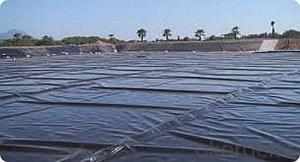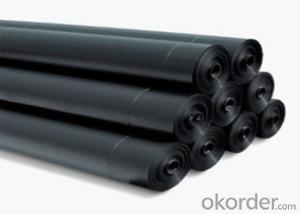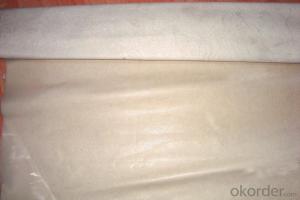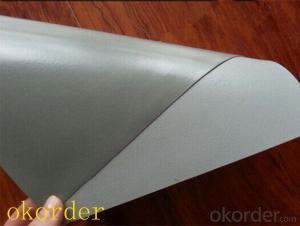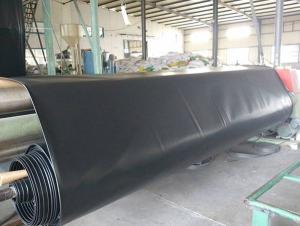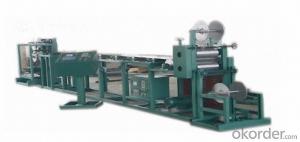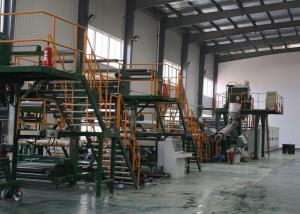Instaladores De Geomembrana
Instaladores De Geomembrana Related Searches
Instalación De Geomembrana Instalacion De Geomembrana Geomembrane Liner Installers Geomembrane Suppliers Tanques De Geomembrana Venta De Geomembrana Termoselladora De Geomembrana Geomembrana Para Cisternas Geomembrana Para Piscinas Tanques De Agua De Geomembrana Geomembrana De Polietileno Maquina De Soldar Geomembrana Maquina Para Pegar Geomembrana Soldadora De Geomembrana Geomembrana Para Techos Geomembrana De Alta Densidad Geomembrana Para Estanques Equipo Para Soldar Geomembrana Geomembrana Para Reservorios Geomembrana Para Impermeabilizar Estanques De Geomembrana Piscinas De Geomembrana Tanque De Geomembrana Cisterna De Geomembrana Biodigestor De Geomembrana Geomembrana De Pvc Distributor Geomembrane Geomembrana Home Depot Bolsas De Geomembrana Precio De GeomembranaInstaladores De Geomembrana Supplier & Manufacturer from China
Instaladores De Geomembrana refers to the professionals and equipment involved in the installation of geomembranes, which are flexible polymeric sheets used for various applications such as water management, waste containment, and environmental protection. These products are essential in providing waterproofing, containment, and isolation in various industries, including construction, mining, and agriculture. The usage of Instaladores De Geomembrana is widespread, as they are employed in the installation of geomembranes for ponds, reservoirs, landfills, and other containment structures. This ensures that the geomembranes are properly installed to provide maximum effectiveness and longevity, preventing leaks and contamination. Okorder.com is a leading wholesale supplier of Instaladores De Geomembrana, offering a vast inventory of high-quality products and services to meet the demands of various industries. By partnering with Okorder.com, customers can access a comprehensive range of Instaladores De Geomembrana solutions, ensuring that their projects are completed with the utmost efficiency and professionalism.